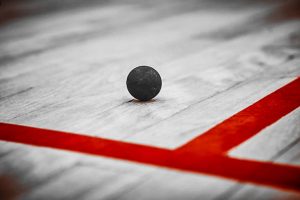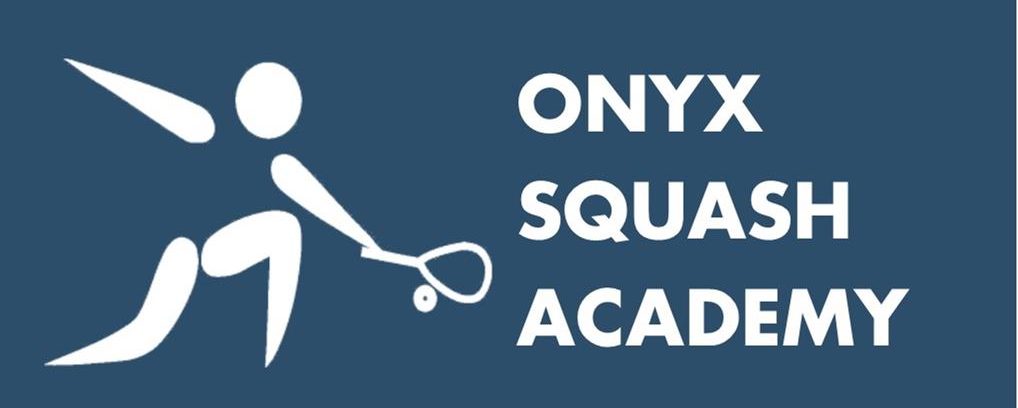As part of our Squash player tips blogs for match success, we now look at the T-position – an area of the Squash court that could make or break your game and how it is essential for all Squash players alike to try to get as close to the T-Position as possible.

If there’s one rule in Squash that makes a difference is the T-position – as a Squash player you need to be stood in one of the 4 corners of The ‘T Zone’.
So what do we mean by the T-position?
Well, Squash coaches define it as outlining this in the simplest possible way. If you imagine a box around the ‘T’ – this is the ‘T Zone’.
The T-Position is the T shape in the middle of the court where the mid-line/short-line meets the line dividing the back half of the court, which is roughly in the centre of the court. After every shot, you should try to get as close to the T-Position as possible.
According to Nicol David, Squash legend and 8x World Champion (and GOAT) is that if there’s one thing that makes a difference in your game in anticipating a straight shot you should hang into the side a little and look to intercept it.
If a crosscourt is a possibility you should take up a more central position. If a short shot is a possibility, move forward on the T to cover the front of the court. Let’s not forget, squash is like perpetual motion.
Whichever corner of the court you have hit into, you generally want to be stood in the corresponding corner of the ‘T Zone’.
Take for example, if you have hit into the back backhand corner (back left), you want to stand in the back left corner of the ‘T Zone’. If you have hit a forehand drop shot (front right of the court) you want to position yourself in the forward right corner of the ‘T Zone’ etc.
Gameplay in the T-position
When it comes to gameplay in the T-position, there are many Squash coaches, at the elite level who suggest a few things to consider when playing against a highly skilled opponent:
Be defensive
It is important you are able to move anywhere in the T-Position.
From the T-Position you will be able to move anywhere on the court to return your opponent’s next shot. After your shot, if you wait where you played the shot from, you’ll find that you leave big gaps for your opponent to hit the ball into on the court.
The best example of this is if you stand to the left side of the court, you’ll leave a big gap open for your opponent to hit the ball into on the right side of the court.
Be offensive
Being able to hit the ball anywhere is important in any game.
If you’re on the T-position, you deprive your opponent of any easy shot choices and you can avoid being dragged about by your opponent.
You can also then start looking to hit the ball into open spaces yourself and uses the gap between your opponent and the T-Position.
Overall, you’ll also get more opportunities to volley from the T-Position, you are bold to have more control of the match in general – thus an advantage over your opponent.
Always return to T-position
If your control and use of the T-Position are not up to a high standard, you will allow your opponent to be more relaxed in these situations and they are therefore likely to play a better shot and most likely punish you.
Therefore it is important that use the T-Position to press high up the court and limit your opponent’s options, whilst also enhancing your own position by dictating the game and applying mental pressure by taking the ball a split-second earlier.
Final Thoughts
It is important to remember the T-position on the court, as it will be the decider on the outcome of your Squash game.
To sum up, for junior squash players, your coach will always refer to this in sessions and help you perfect your drills around this in order to ensure you are tuned into what to expect in the tournament. As for senior players, the t-position is always at the forefront of their mindset in any game – thus it is perfected in practice sessions with teammates.
Most importantly when you get a mindset of perfecting Squash drills and the T-position, you are well on your way to becoming a good Squash player who can compete at any level.

